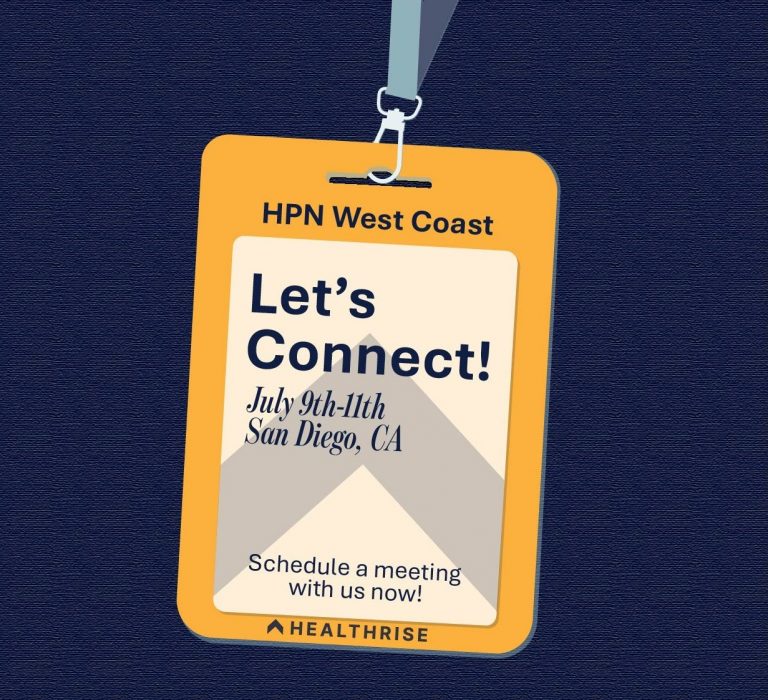

In the world of healthcare revenue cycle management, few areas are as frequently misunderstood or as impactful as Provider-Level Balances (PLBs). While they may appear as small adjustments on remittances, PLBs can have outsized consequences if not handled with accuracy and intention.
From creating clearing account variances to introducing errors in financial reporting, mismanagement of PLBs can ripple across the revenue cycle, leading to significant operational and financial challenges. As hospitals and providers work to strengthen their reconciliation processes, understanding PLBs and applying consistent workflows has never been more important.
What Are PLBs, and Why Do They Matter?
PLBs are adjustments applied at the provider level rather than at the individual claim level. They can include payer takebacks, interest payments, incentive payments, administrative fees, or other offsets that do not directly correlate to a single patient account.
The challenge? PLBs are not standardized across payers, and therein lies one of the biggest hurdles for providers. Each payer may apply PLBs differently and provide varying levels of detail (or lack thereof) on remittance advices. This inconsistency forces hospitals to tailor workflows and reconciliation strategies on a payer-by-payer basis.
Drive Operational Efficiency
- Improper Posting: A common mistake is entering PLB information in free-text comment fields rather than the designated PLB field in Epic. This makes systematic matching/tracking and reporting virtually impossible.
- Non-Specific Adjustment Codes: Using generic or incorrect adjustment codes causes confusion, complicates reconciliation, and weakens audit trails.
- Lack of Workflow Standardization: Without clear internal policies and payer-specific guidance, teams struggle to consistently manage PLBs.
- Payer Inconsistencies: Insurance companies are not uniform in how they apply PLBs. One payer’s use of PLB code WO (Withhold) might reflect informational only, another payer’s use might reflect a withhold from an FB (Forwarded Balance), while another’s represents a claim level takeback —requiring providers to build workflows that account for each payer’s unique approach.
Best Practices for Managing PLBs Effectively
- Establish Payer-Specific PLB Guides: Understanding how each payer uses PLBs is key. Build tailored payer guides and train staff accordingly.
- Use Accurate Adjustment Codes: Configure Epic with specific PLB-related adjustment codes (e.g., for interest payments, accounting, incentives) to ensure proper tracking and categorization.
- Enter Data in the Right Fields: Require PLB reference numbers to be entered into Epic’s PLB field, not in comments, so data can be accurately reported and reconciled.
- Monitor with Purpose-Built Reports: Track PLBs over time and by payer. This visibility helps detect trends, reduce variances, and improve financial integrity.
Real-Life Impact
At one client site, an audit revealed more than $5 million in unapplied offsets from a single payer. Upon further investigation, it was discovered that the payer was not issuing takebacks through the standard claim-level recoupment process. Instead, the payer utilized withholds (WOs) as the sole mechanism for recovering funds, without first applying a remittance-level recoupment and generating a forward balance (FB) PLB.
This unconventional approach created a significant challenge: the system had no FB to offset the WO, and patient accounts failed to reflect any recoupment activity. As a result, the withheld amounts remained unreconciled.
To resolve the issue, the hospital updated its system configuration to recognize this payer’s unique methodology. Withholds were reclassified and posted as takebacks at the patient-level HARs, ensuring they were properly recorded and traceable within both the patient accounting system and financial reports. This adjustment closed the reconciliation gap, improved reporting accuracy, and enabled more proactive and efficient management of future payer takebacks.
Conclusion
PLBs are more than just adjustments, they’re signals. When handled correctly, they support a clear and accurate financial picture. When mishandled, they create chaos. Healthrise partners with hospitals and healthcare organizations to eliminate the guesswork in PLB management. Our revenue cycle experts help:
-
Audit and optimize Epic and Cerner configurations for PLB accuracy
-
Create and implement payer-specific PLB workflows
-
Train teams to recognize and resolve PLB discrepancies quickly
-
Build custom reporting tools to track, trend, and reconcile PLB activity
Whether you’re struggling with payer inconsistency, reporting variances, or internal process gaps, Healthrise brings the strategy and system expertise to streamline your PLB management and strengthen your financial outcomes.
Ready to take your reporting to the next level? Discover how Healthrise can help your organization thrive.
Contact Us
Author: Yvonne Griesmann | Senior Director, FMOLHS, Healthrise.



